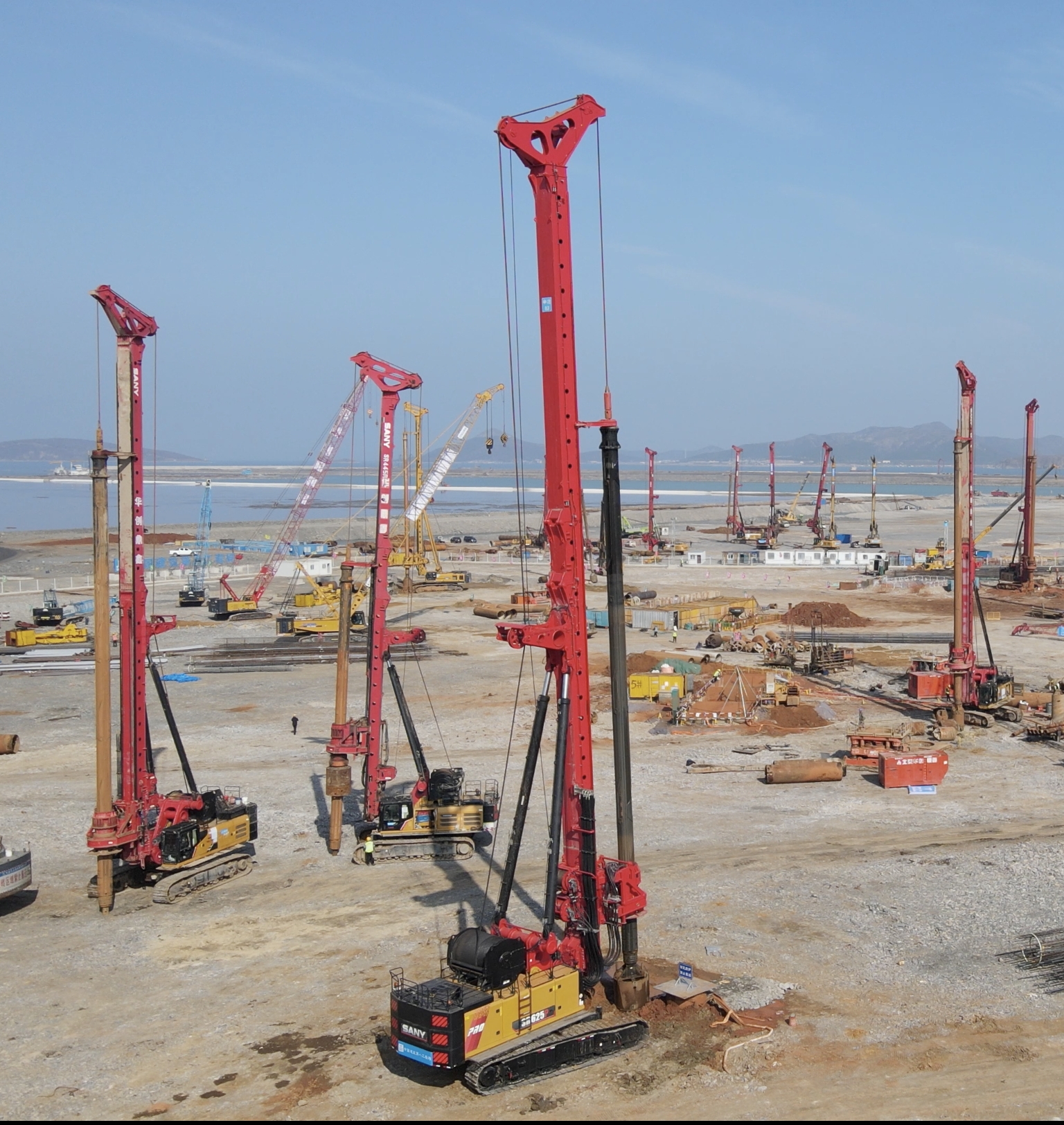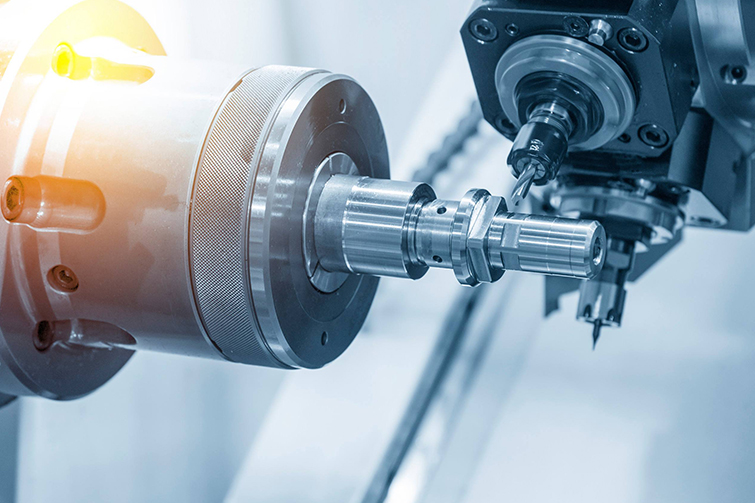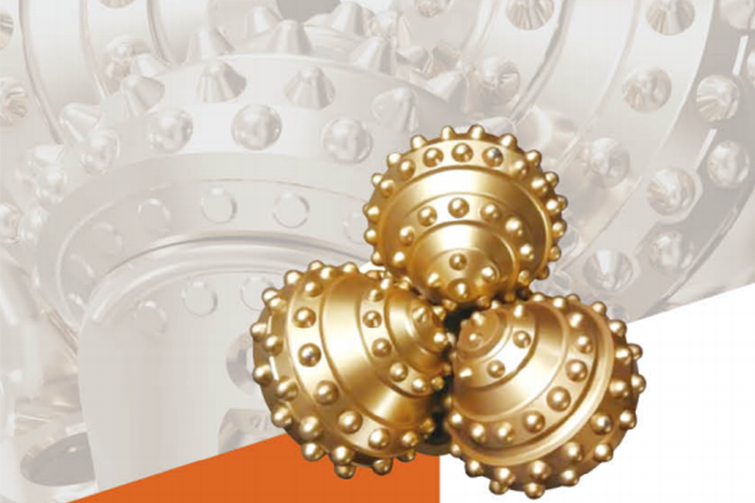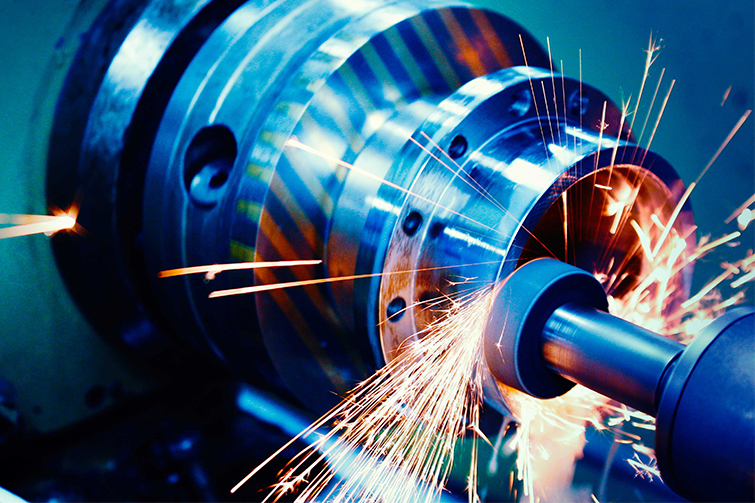

The Ultimate Guide to Oil Tricone Bits: Maximizing Efficiency in Petroleum Drilling

Understanding Oil Tricone Bits
Oil tricone bits, or petroleum tricone drill bits, are rotary drilling tools designed for penetrating various formations in the oil and gas industry. Their unique design features three conical rollers equipped with teeth or buttons that crush and cut through rock formations. This design allows for efficient drilling in a wide range of geological conditions, from soft to extremely hard formations.
Design and Functionality
The oil tricone bit is engineered for durability and performance. Each of the three cones rotates independently, reducing friction and wear. The teeth or buttons on the cones are made from high-grade materials, such as tungsten carbide, to withstand the abrasive action of drilling. The bit's body is constructed from alloy steel, providing the necessary strength to endure the high pressures and temperatures encountered during drilling operations.
Choosing the Right Tricone Bit
Selecting the appropriate petroleum tricone drill bit depends on several factors, including the formation type, drilling conditions, and desired drilling speed. For soft formations, bits with long, sharp teeth are preferred for fast penetration. In contrast, hard formations require bits with shorter, more robust teeth or buttons to prevent premature wear and ensure effective drilling.
Maintenance and Care
Proper maintenance is crucial to extending the life of an oil tricone bit. Regular inspections should be conducted to check for worn or damaged teeth, bearings, and seals. Lubrication is also vital to ensure smooth operation and prevent overheating. Storing the bits in a dry, clean environment when not in use will protect them from corrosion and other environmental damages.
Common Questions
What is the difference between milled tooth and insert tricone bits?Milled tooth bits have steel teeth that are integral to the cone, making them ideal for softer formations. Insert bits, on the other hand, feature tungsten carbide inserts pressed into the cones, offering better durability in hard and abrasive formations.
How do I know when to replace my tricone bit?Signs that a tricone bit needs replacement include excessive vibration, reduced drilling speed, and visible damage to the teeth or bearings. Regular monitoring of drilling performance can help identify when a bit is no longer operating efficiently.








